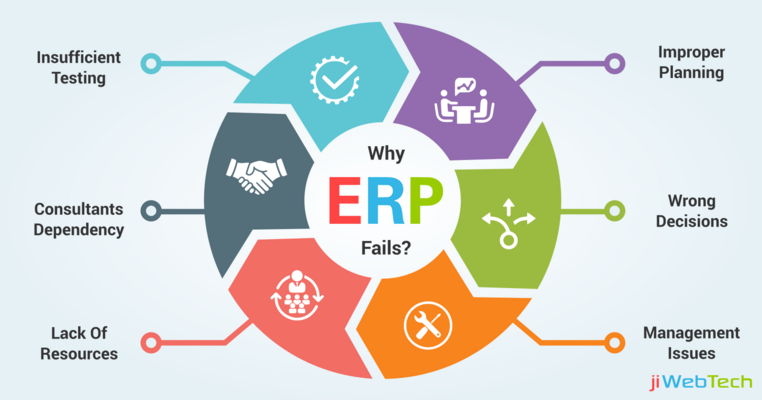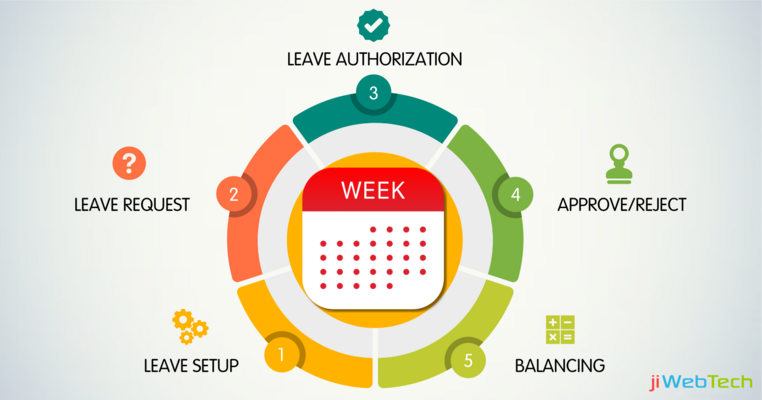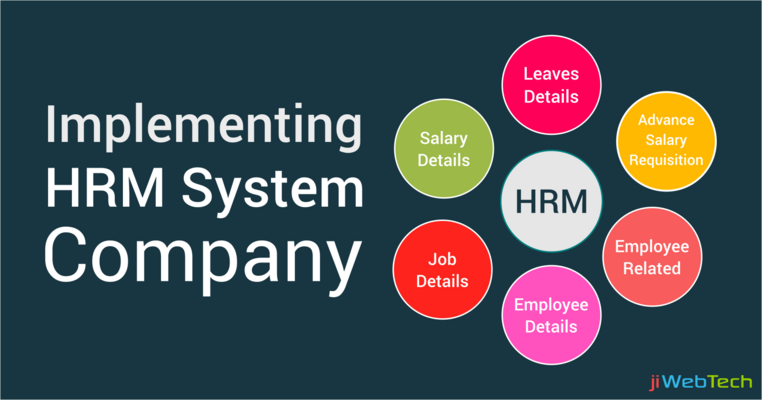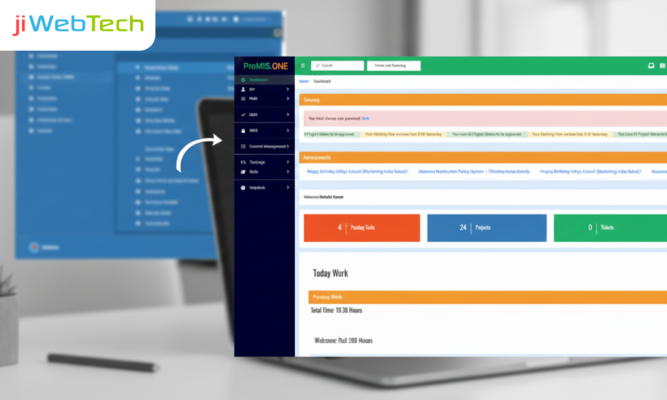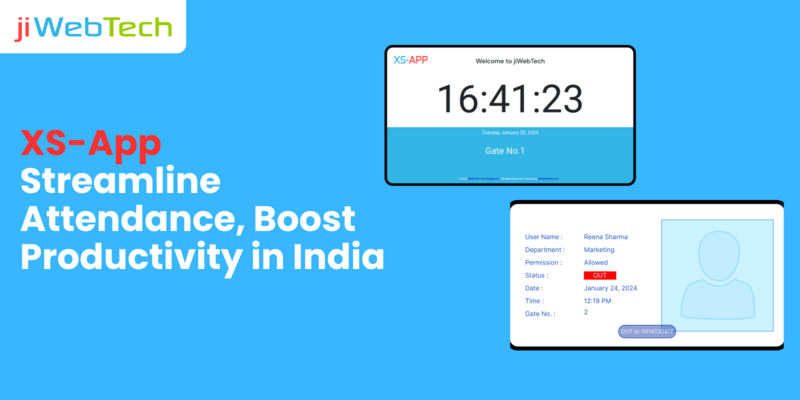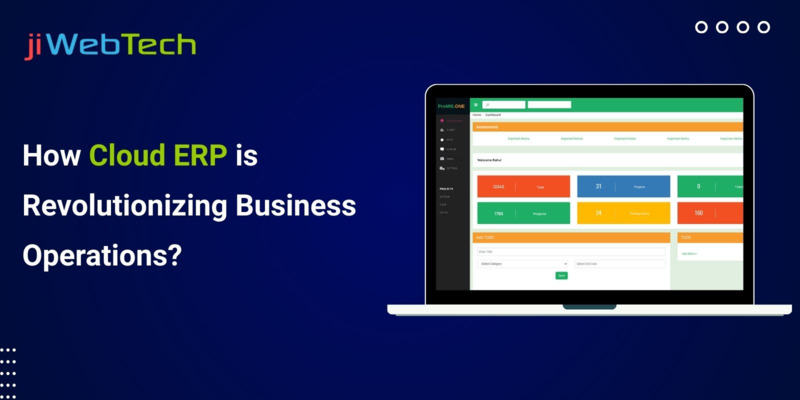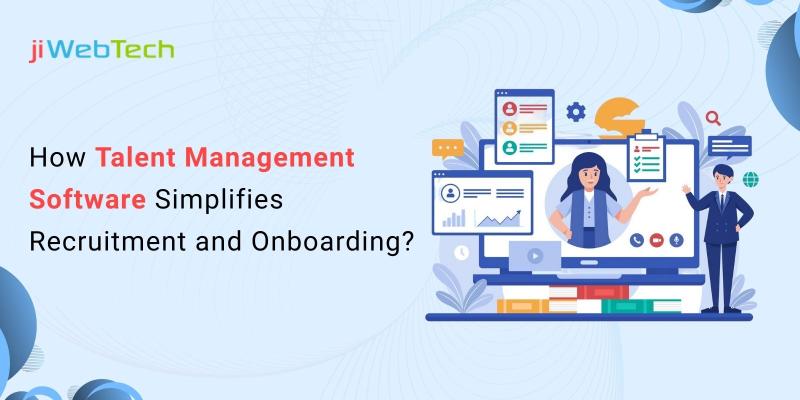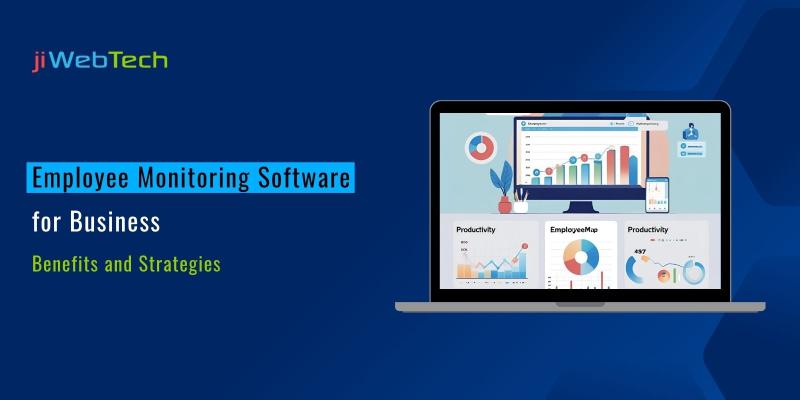- Jun 14, 2023
- Talent Management
- 3202
Share this post on:

Today, businesses are looking for ways to win the highly competitive market. It is reported that organizations with well-versed and disciplined employees are setting the standards in the market. Hence, the most crucial factor behind the success of any organization is its people. But how do most successful organizations find potential employees that help them stay ahead of the game? Well, potential employees are hired with the help of talent management solutions.
A talent management system aims to find and hire potential candidates for the company. A talent management solution integrates organizational HR processes that attract, develop, and motivate employees. It drives performance and allows your organization to fulfill its mission, achieve goals, and make end-to-end strategies.
An efficient talent management solution has four pillars that help businesses make better strategies. From applications to onboarding, the TMS system considers every stage of the talent lifecycle. Moreover, it considers the employee journey, including performance management, engagement, and professional development.
Talent management systems help businesses hire the right person for the job by giving them the required tools. Also, these systems help the HR team implement strategies to manage end-to-end employee management.
Why businesses should opt for Talent Management System?
Talent Management System (TMS) is a system for any organization that wants to manage its workforce and achieve long-term success. In the competitive business landscape, having a TMS can give companies a significant advantage over others.
TMS helps organizations manage all aspects of their workforce, including recruitment, performance management, learning and development, succession planning, and more.
Talent Management Systems (TMS) have become increasingly essential for businesses as they strive to attract, retain, and develop their employees. TMS can improve business results by identifying top performers within an organization, ensuring that organizations have the right people, skills, and competencies at all levels.
Here are a few reasons why implementing a Talent Management System is crucial:

- Improves Efficiency: TMS automates many HR processes, such as recruitment, employee development, performance evaluation, etc. This system reduces manual efforts and saves time. With all data stored in one place, it becomes easier for managers to access employee details and make informed decisions. TMS eliminates administrative tasks, allowing HR teams to focus more on strategic initiatives.
- Enhances Employee Engagement: TMS provides employees with opportunities for growth and development through training programs and keeps them engaged and motivated. It leads to higher retention rates and increased productivity.
- Facilitates Better Decision Making: TMS provides valuable insights into workforce metrics like turnover rate, skill gaps, training needs, etc. It helps organizations make better decisions regarding their talent strategy.
- Supports Compliance: Many countries have regulations around hiring practices, discrimination laws, pay equity, safety standards, etc. TMS ensures compliance by keeping track of relevant policies and procedures. The system alerts managers if there are violations.
- Cost Savings: An efficient TMS can save companies money in several ways, including reduced turnover due to improved engagement, optimized staffing patterns, or streamlined operations.
- Aligns Talent Strategy with Business Goals: TMS help businesses link their overall objectives with their individual goals. TMS enables alignment between talent acquisition and utilization with strategic plans.
- Boosts Workplace Culture: A well-designed TMS fosters a positive organizational culture characterized by open communication, transparency, fairness, recognition of contributions, etc.
- Streamlined Hiring Process: TMS automates recruitment processes such as job posting, candidate screening, interview scheduling, etc., which can save time and reduce costs.
- Performance Management: By tracking employee progress, managers can identify areas where training may be necessary or provide coaching opportunities. It ensures that employees reach their full potential and help organizations achieve their goals.
- Succession Planning: A good TMS makes it possible to track staff turnover rates, plans, and future hires. For example, you can use previous data to determine how many employees move up into leadership roles over time. Then align your talent acquisition pipeline accordingly by targeting high performers.
- Employee Development: TMS has integrated learning modules, and a comprehensive digital profile and analytics. It allows employers to encourage employees' professional growth through education reimbursement plans and internal career mobility.
- Better Decision Making: Through advanced reporting, visual dashboards, and role-specific access controls, business leaders gain valuable insights into everything from engagement levels to the effectiveness of their overall recruitment strategies.
- Improved Workplace Culture: Employees who feel supported, nurtured, valued, and empowered tend to stay longer at companies. It leads to enhanced retention metrics and cultural strengthening.
Pillars of Talent Management Systems:
Organizations face many challenges in achieving and maintaining a high level of performance. One of the most crucial factors that determine the success of any business is its team. Therefore, developing and implementing a talent management strategy is essential for any company looking to achieve lasting success.
A successful talent management system (TMS) is composed of four pillars. These four pillars serve as a foundation upon which all aspects of TMS should revolve around. They are as follows:

Role Management: According to Gallup, 50% of employees are not aware of their roles and responsibilities at work. Employees must know their roles and responsibilities and help organizations succeed.
Role management is one of the essential components of a Talent Management System (TMS). It involves defining, assigning, managing, and evaluating the roles and responsibilities of an organization to optimize overall efficiency and productivity. Here are some elements of role management in a TMS:
- Job Design: This process starts by designing jobs as per the requirements of the organization. It involves analyzing tasks and functions necessary for meeting the goals and defining specific job descriptions based on those requirements. Each job description defines the essential duties, responsibilities, skills, knowledge, experience, and qualifications required for that role.
- Competency Modeling: A competency model defines the behavioral traits, attributes, and skills required for success in a particular role. It helps identify the desired capabilities expected of individuals holding different roles across the organization. A competency model makes it easier to evaluate whether potential candidates have the required skills as per the job requirements.
- Roles and Responsibility: Once the jobs and competencies have been defined, the next step involves clarifying the respective roles and responsibilities. These roles and responsibilities involve allocating specific tasks and assignments to appropriate teams or individuals, clearly communicating expectations, and setting measurable metrics for performance evaluation purposes.
- Training and Development: A training and development program is a part of the role management process. It helps employees improve their skills and provides them with relevant education, resources, support, and mentoring opportunities to help individuals develop and refine their competencies over time.
- Recruitment Strategies: Another aspect of role management in TMS is ensuring that suitable candidates are hired to fulfill specific roles within the organization.
Core Competencies: Core Competencies form a significant component of a solid Talent Management System (TMS). They define the set of fundamental behaviors, skills, values, and expertise that enable individuals to excel in their roles. Core competencies make it easy to select and hire talented professionals. It guides employee development and supports great people practices such as promotion, recognition, and performance appraisal.
- Fundamental Behaviors: Core Competencies encompass essential traits that shape individuals' conduct at work. Examples include collaboration, adaptability, resilience, and integrity. Effective implementation focuses on rewarding desirable behaviors to cultivate a great working environment that promotes teamwork, agility, and trustworthiness.
- Essential Skills: Successful execution of specific tasks depends on mastery of certain skills. Accordingly, core competencies outline all the expertise required for employees to perform effectively. The expertise can involve analytical thinking, negotiation, project management, presentation, communication, writing, programming, financial analysis, research, sales, etc. The importance of skill upgrading cannot be ignored as technological advancements are transforming industries.
- Company Values: Aligning personal beliefs and actions with the principles of an organization leads to greater commitment and higher-quality contributions. Core competencies reflect the desired mindset that employees must have when facing decisions related to ethics, diversity and inclusion, environmental responsibility, safety, community involvement, transparency, respect, etc.
Goal planning, tracking, and alignment: Goal planning, tracking, and alignment play critical roles in maximizing an individual’s performance. This pillar helps in driving business growth and constant improvement throughout a company. These elements form the foundation of effective goal management in a Talent Management System (TMS) and ensure better synchronization between employees and corporate objectives.
- Goal Planning: Creating specific, measurable, achievable, realistic, and time-bound (SMART) targets represents the first step towards efficient goal attainment. The goal planning phase allows both employees and employers to establish clear goals that will guide daily activities. The individual goals should align with organizational goals. Moreover, goals must challenge workers without causing excessive stress.
- Goal Tracking: Monitoring progress towards goals provides valuable insights into how well an individual is performing. An effective Talent Management System empowers users to log daily work, report issues encountered, and generate regular reports highlighting successful and unsuccessful tasks.
Managers can use these data points to address issues and make great solutions. Real-time visibility regarding task completion encourages engagement and motivation. - Goal Alignment: Ensuring everyone pulls in the same direction enhances the unity of purpose, eliminates resource conflicts, and minimizes potential conflicts. A well-crafted Talent Management System (TMS) utilizes goal alignment techniques to ensure seamless coordination. It encourages better decision-making, increased efficiency, streamlined resource allocation, and improves business output.
Tools for Employee Engagement: Employee engagement tools constitute an essential component of the Talent Management System (TMS). They help employees enhance their emotional and intellectual attachment to their roles, teams, colleagues, and organizations. A highly engaged workforce helps companies experience lower turnover rates, reduced absenteeism, improved morale, enhanced productivity, and record higher profitability.
- Recognition Programs: Appreciating employees' efforts makes them feel seen, which contributes a lot to boosting their job satisfaction. Effective recognition programs incorporate peer-to-peer or managerial nominations for excellent performances, and rewards for different behavior types, such as creativity, problem-solving, volunteering, leadership, etc. Well-designed recognition initiatives generate positive cultures that drive motivation and improve retention.
- Professional Development Opportunities: Companies can empower employees to grow personally and professionally by offering targeted learning experiences, certifications, coaching, mentorship, and onboarding resources. Personalized development opportunities empower employees and increase job satisfaction.
- Communication Channels: Open channels facilitate transparency, active listening, conflict resolution, idea exchange, and feedback gathering. Two-way communication enhances mutual understanding, ensuring timely information accessibility, developing healthy relationships, and promoting honesty.
Conclusion:
Talent management systems play a vital role in today's world. Companies are looking for ways to attract, retain, and develop top talent. These systems streamline operations across multiple HR functions, drive employee engagement and productivity, improve decision-making, increase organizational agility, and enhance compliance efforts.
They also enable personalized experiences for every user and help managers get better insights into their team’s abilities. Therefore, investing in a robust and flexible talent management solution can lead to significant cost savings, increased competitiveness, reduced risk exposure, and enhanced corporate reputation. Eventually, TMS contributes positively to the company's growth.
To implement TMS in your business, consider partnering with experienced consultants to guide you through this process.
So if you are looking to opt for TMS systems, look no further than jiWebTech. We offer the most trustworthy and reliable talent solution for your business and help you hire potential candidates.
Contact us now to learn more.

